(Note: The following is a repost of an article I wrote and submitted for publication at ID two years ago, which article was later lost from the archives when ID was deplatformed by WordPress. That the article was lost to the archives resulted in my neglecting to submit a follow-up article I later wrote, further exposing the Belle Boyd Wikipedia article, and the scribbler(s) who wrote it, as a pack of half-truths derived from second and third-hand accounts. I have re-submitted the original article for re-publication in order to link back to it in the second “follow-up” article on the subject. -TM)
Of the dozens of female spies – both Union and Confederate – whose names and exploits have been passed down to posterity through story and lore, perhaps Isabella Maria Boyd, or, “Belle Boyd,” as she was affectionately known in the South – not so affectionately in the North – is the most interesting and famous.
No doubt her effectiveness as a Confederate spy is largely responsible for Belle Boyd’s sudden and meteoric rise to fame, as well as her intrepidity in the face of constant and grave danger; but it is her youth, above all, I believe, that is likely most responsible for the rapid spread of her fame among her Southern compatriots, as well as her bitter enemies in the Yankee states.
She is, in the truest sense of the term, a legend among legends, whose name and fearless exploits seemingly always appear in books and personal journals documenting the events of the so-called “Civil War.”
Miss Boyd was only 16 years-old when the WBTS began in earnest. Her father was offered an officer’s commission in the Confederate Army, but selflessly turned it down, preferring, instead, a non-commissioned rank, with the noble idea in view that a family less fortunate than his might stand in greater need to benefit from the higher officer’s pay.
The Boyds were not, it appears, an especially wealthy family, but occupied that station we moderns usually refer to as “upper middle-class,” possessing a moderate savings, supplemented by a steady source of income. They lived in a nice but modest house on the outskirts of a small northern Virginia (now WV) village of about 3,500 residents called Martinsburg.
Early in the war this little village was captured and occupied by the invading Union force of about 25,000 strong. The town would later be liberated by General Jackson’s Stonewall Brigade (aided by timely intelligence provided Jackson by none other than Miss Boyd), but during this first of its several occupations by Union forces, a series of incidents occurred that would ultimately have the effect of galvanizing the young maiden’s hatred of the Union government and its army of non-American mercenaries. Wikipedia briefly describes the scene thusly:
Boyd’s espionage career began by chance. According to her 1866 account, on July 4, 1861, a band of Union army soldiers heard she had Confederate flags in her room, and they came to investigate. They hung a Union flag outside her home. This made her angry enough, but when one of them cursed at her mother, she was enraged. Boyd pulled out a pistol and shot and killed the man.
The above narrative is (loosely!) based on Miss Boyd’s first hand account of these episodes, detailed in chapter 3 of her memoirs. The problem with the version of the story above-cited is its coupling of “artistic license” with the omission of several important details. As we shall soon see. Consulting her memoirs – the source from whence the Wiki account purportedly derives – we find Miss Boyd describing this chain of events as follows:
Whiskey now began to flow freely; for, amid the motley crowd of Americans, Dutchmen and other nations, the Irish element predominated. The sprigs of Shillelahs were soon at work, and the “sons of Erin” proved that they could use their sticks with no less effect in an American town than at an Irish fair. They set at defiance the authority of those among their officers who vainly interposed to quell the tumult and restrain the lawless violence that was offered to defenseless citizens and women. The doors of our houses were dashed in; our rooms were forcibly entered by soldiers who might literally be termed “mad drunk,” for I can think of no other expression so applicable to their condition. Glass and fragile property of all kinds was wantonly destroyed. They found our homes scenes of comfort, in some cases even of luxury; they left them mere wrecks, utterly despoiled and mutilated. Shots were fired through the windows; chairs and tables hurled into the street.
The additional outrages perpetrated by these common criminals dressed in the uniforms of soldiers I have purposely omitted, as I have deemed them superfluous to our purposes here (which the ellipsis is inserted to indicate). That portion which I have extracted above should suffice, with the help of a little imagination, to present a more complete picture, to the mind’s eye, of the kind and extent of depredation the young and fiercely loyal Miss Boyd and her compatriots daily witnessed and were daily subjected to, under Yankee occupation.
These outrages continued, from house-to-house, until, at length, the Boyd residence, in its turn, became the particular object of especial attention of this destructive band of marauders. The Wikipedia entry above-excerpted gives us a less than adequate account of the proceedings at this residence, though it purports to be taken from Miss Boyd’s personal account. In any case, it might be best, here again, to let Miss Boyd describe the more immediate events which resulted in her shooting of the soldier:
The encounter to which I refer was brought about as follows: A party of soldiers, conspicuous, even in that day, for violence, broke into our house and commenced their depredations; this occupation, however, they presently discontinued, for the purpose of hunting for “rebel flags,” with which, they had been informed, my room was decorated.
We see from this account that the ‘contraband’ Confederate flags alleged to have been displayed on the walls of Miss Boyd’s room provided a convenient pretext for this lawless band of miscreants to inflict its destructive force upon the Boyd residence. Miss Boyd further relates that, in short, her loyal negro maid stealthily interjected, as the soldiers were otherwise employed, promptly and efficiently gathering and destroying the evidence, preventing its discovery. Miss Boyd goes on:
[The soldiers] had brought with them a large federal flag, which they were now preparing to hoist over our roof, in token of our submission to their authority; but to this my mother would not consent. Stepping forward with a firm step, she said, very quietly, but resolutely, “Men, every member of my household will die before that flag shall be raised over us.”
We pause to observe here that these uniformed, drunken criminals intended to commit the cardinal sin more sober (literally) reflection might normally think better of given the gravity of the situation. Namely, they meant to add insult to the serious injuries already inflicted, and to make no delay about it.
And here again the Wikipedia description is found wanting. It wasn’t the hanging of the Union flag outside their home that made Miss Boyd “angry enough,” for, according to her account the soldiers hadn’t yet accomplished that task, but were in the process of attempting to do so. What made her “angry enough” was the soldiers’ lawless and wanton depredations inflicted on her mother’s house and its contents, in the absence of their natural protectors.
Needless to say, tensions were running very high at this point in the Boyd house; an impasse between the lawless invaders and its rightful owners had been reached. A proverbial line was drawn in the sand. The reaction to the lady’s refusal to allow the insult to be heaped atop the outrages already committed would prove the fatal mistake of this “mad drunk” soldier. Miss Boyd describes his reaction as follows:
Upon this [her mother’s imposition], one of the soldiers, thrusting himself forward, addressed my mother and myself in language as offensive as it is possible to conceive.
No doubt that Miss Boyd perceived the actions of this ill-tempered soldier, not only an outrageous insult to her mother’s dignity as a lady in her own home, but as a direct threat to her mother’s physical well-being as well. And as she further relates,
I could stand it no longer; my indignation was roused beyond control; my blood was literally boiling in my veins; I drew out my pistol and shot him. He was carried away mortally wounded, and soon after expired.
Miss Boyd goes on to relate, in a footnote, the reason for which she was carrying the concealed weapon in the first place:
All our male relatives being with the army, we ladies were obliged to go armed in order to protect ourselves as best we might from insult and outrage.
Quite! It seems our unfortunate drunken soldier had failed to take that important detail into account when he “bravely” and “heroically” thrust himself forward, cursing the lady of the house and her daughter in language, one can easily imagine, only fit for a company of devils Yankees. At that pivotal moment of our story, our drunken soldier apparently counted himself “ten foot tall and bullet proof.” It was of course “the whiskey doing the talking,” and it might have done more than talk had our skinny little heroine not intervened, instantly putting the lie to the foolish thought, and ensuring that that drunken “Son of Erin’s” shillelah, at least, should never again exert its destructive force.
Miss Boyd’s story is very interesting and full of excitement and adventure, captures and imprisonment, as well as narrow escapes from capture and imprisonment; close brushes with death, and so on. I highly recommend her book, which, along with a number of others, may be downloaded free in pdf format, here.
Btw, I should add that an investigation was conducted by the federal authorities immediately following the incident above-described, and that the commanding officer, after examining the evidence and hearing all the eye witness testimonies, pronounced that Miss Boyd had “done exactly right” in shooting the soldier in question. Beyond that, I won’t spoil the story in case you wish to read it for yourself. I will add one other interesting fact related to Miss Boyd’s story: like several other female Confederate spies and alleged spies, Miss Boyd spent time in Carroll Prison, which was connected to The Old Capitol Prison in Washington. In Mrs. Greenhow’s telling of her lengthy incarceration there, she mentions that to protect herself and her adolescent daughter from outrages (rape, and physical abuse) at the hands of her guards, she was permitted a pistol to be kept in her cell, or otherwise carried on her person. An empty pistol of course, but the guards were told otherwise by her captors. And in fact on one occasion she pulled it on a guard, threatening to kill him on the spot. He was later dismissed, following investigation of the matter. Such stories and their like are an indication of just how desperate the federal authorities were to find decent men to wear their uniform.
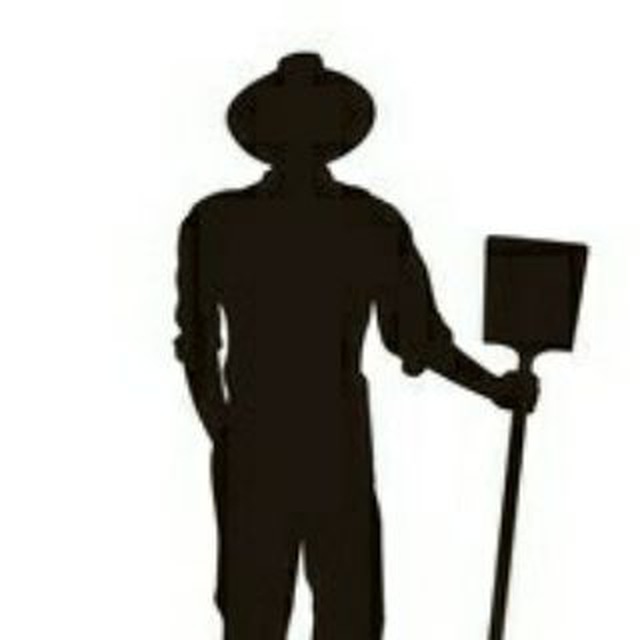

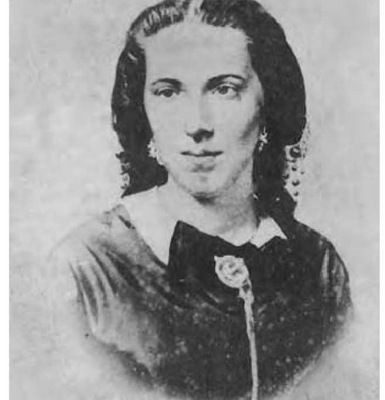
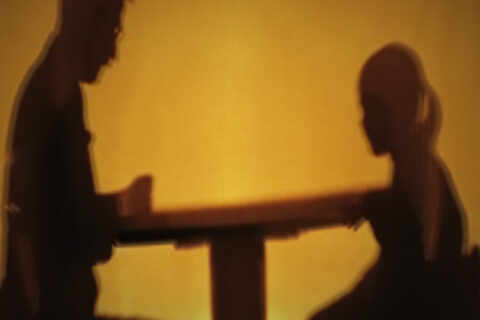
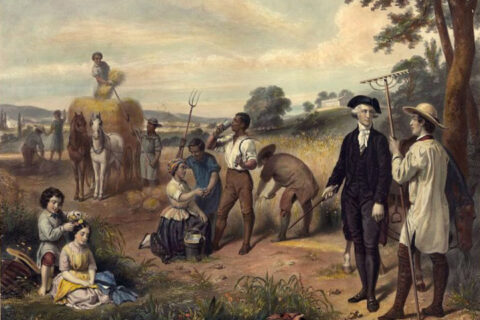
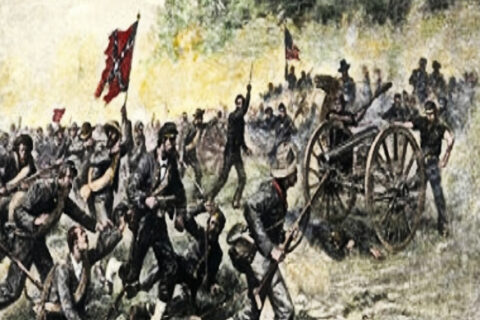

This account is no doubt similar to countless episodes of conflict where soldiers are out of control. It is noteworthy that the Feds exonerated her for the shooting. I would like to believe that there are women today who are willing and capable of being so fierce. I struggle to identify men I can count on.
Well, my experience with “the female of the species” (see Kipling’s poem) is that she is innately fierce (and ruthless), if but too emotion driven.
Thanks for the comment.
Another great article! I miss the homeschoolimg series still, but I guess this could go into the History section of a class session. Thanks for sharing.
Michael, yes, this and other articles like it are partially intended as a fulfilment of your desire to see more of our history from *our* and our ancestors’ perspective. It and others like it (the Columbia’s Longest Day article, for example, as well as the Matthew Maury series of articles, etc.) can easily be made into a history lesson for the homeschoolers among us, and of course part of a larger history course of study from the Southern perspective.
I’ll get back to writing some more about the philosophy and methodology of true education, and of how to do it in a homeschool setting, in future articles. Stay tuned.
Thanks for the comment, and as well for the thumbs up.
I went to the link to download the pdf a saw there was a goldmine there. Is there some automated way to download all of them? You know, just in case something happens to that page someday…
Good question, Bill. I don’t know the answer. I can tell you, however, that I’ve downloaded a bunch of those books and personal memoirs (individually) to several of my devices, including my laptop and my tablet. I like your word, “goldmine,” because that is exactly what that page is – a veritable goldmine of the Southern perspective on the WBTS that virtually no one knows about. Which is of course why I included the link to the page.
Thanks for the comment.